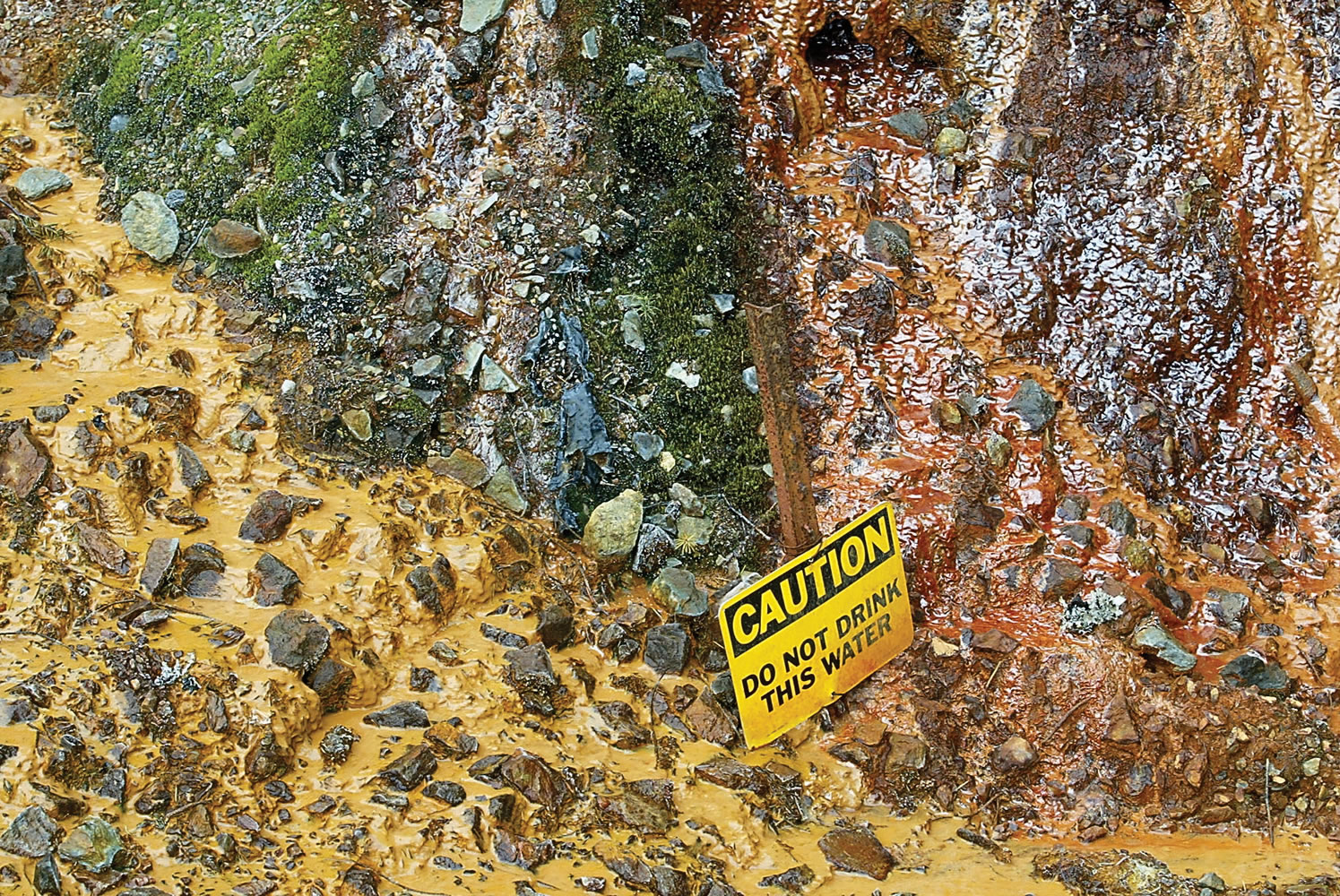EUGENE, Ore. — Taxpayers will have to spend $5.6 million to $13 million to partially clean up a defunct mining company’s abandoned mess at the Formosa Mine on Silver Butte in Douglas County, according to a review by the federal Environmental Protection Agency.
Besides leaving massive piles of polluted waste rock, the company caused a perpetual flow of highly acidic waters to stream down the mountainside and into the headwater of a creek that feeds the Umpqua River. The mine is about 10 miles south of the town of Riddle.
The “acid mine drainage” carries arsenic, cadmium, copper and zinc. The toxic metals have decimated most life in and around the creek, including a fishery that included fall and spring chinook and coho salmon, an EPA report said.
A now-dissolved Canadian company, Formosa Exploration Inc., operated the copper mine from 1990 until the state closed its operations in 1993 for violating mining laws.
Damage to 13 miles of creek is so severe and persistent that in 2007 the EPA put the mine on the Superfund list of epic-scale environmental disasters.
In a feasibility analysis finished earlier this year, the EPA divided the cleanup into two parts.
One is to address the up-to-40-foot-deep layer of toxic mine wastes that the mining company spread over 25 acres. The other is the acid drainage that gushes out of the mine opening.
The up-to-$13-million cost would be for dealing with the piles of mine waste. The EPA has not figured out how to solve the problem of the acidic water spewing from the mine’s mouth.
“The idea was to break it into manageable bites,” EPA spokeswoman Judy Smith said. “It’s going to be a series of steps.”
But Larry Tuttle, an activist who has long pushed for mine cleanup through his Portland-based Center for Environmental Equity, said the EPA simply doesn’t want to spend too much money at any one time.
“These partial approaches have never worked in the past,” Tuttle said. “They’re probably spending a lot of money that’s not going to do them very much good.”
In 1994, for example, the state Department of Environmental Quality installed a piping system to, at least, collect the acidic gush at the mouth of the mine and channel it to a drain field arrayed across the mountainside.
“That was a Band-Aid to keep it away from the stream and the aquatic life,” Smith said.
But the system merely served to distribute the toxic metals across the mountainside. The creek has not recovered, the EPA said.
The EPA feasibility analysis found that the thick layer of exposed mine tailings and waste rock across the mining area — and spilling down the side of the butte — are themselves highly acidic and prone to generating acid runoff.
Environmental investigators have long understood the toxicity of the ground. Before the mining company departed, it tried to establish a plant cover on the surface. After several failures with grasses, the company tried planting blackberries. Even they didn’t take.
Today, rain and snowmelt wash over — and filter through — the estimated 234,000 cubic yards of waste, creating 4 million to 13 million gallons of acid water a year, according to the EPA report.



